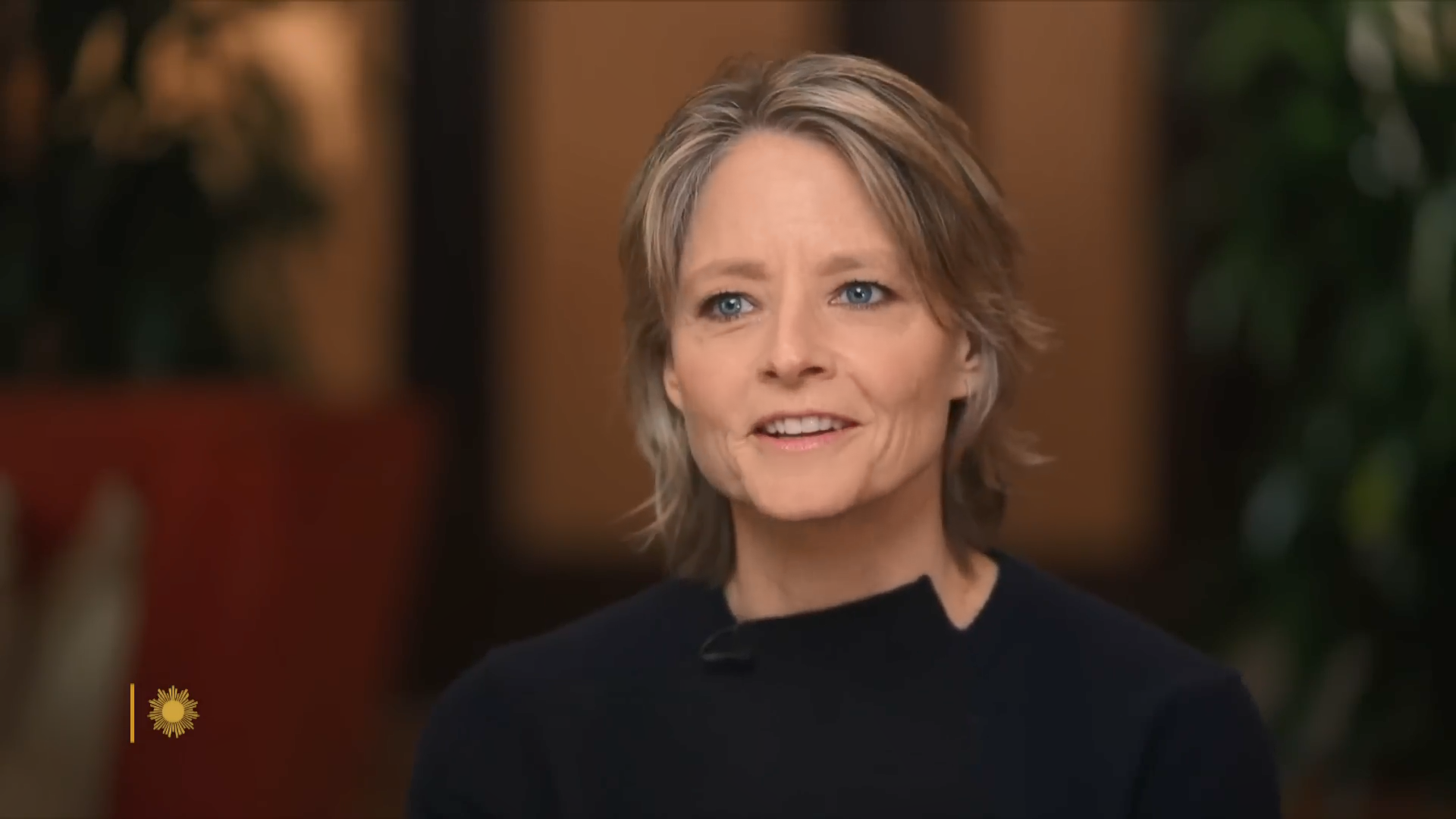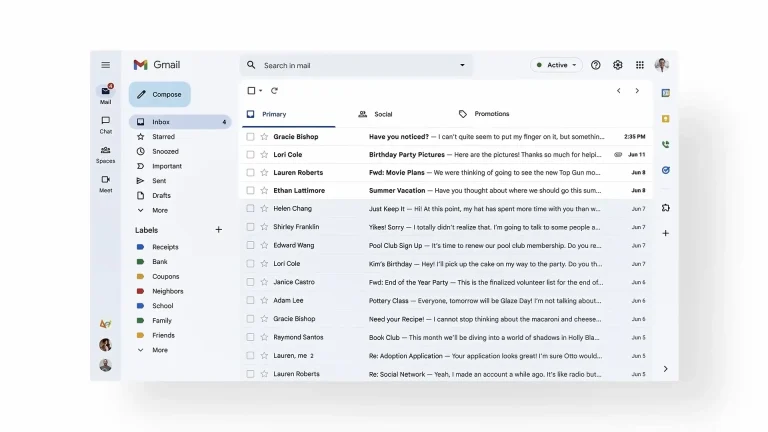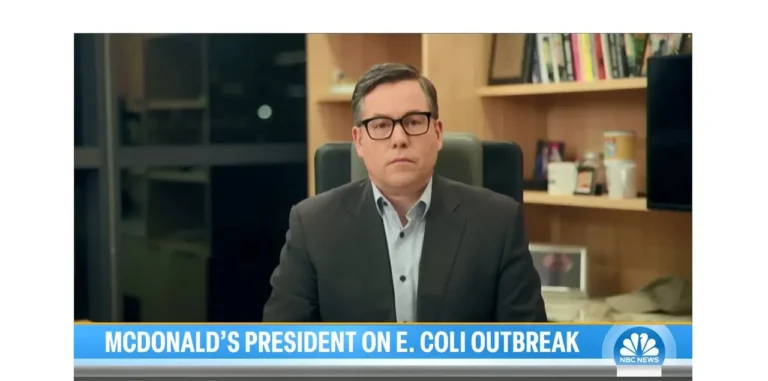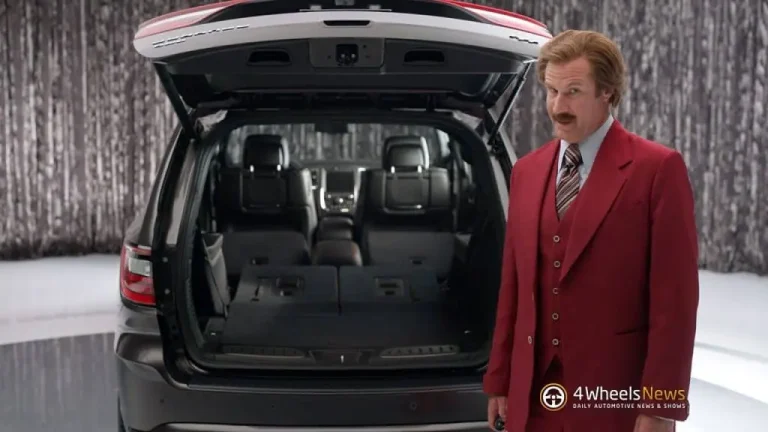‘Feedforward?’ Are You Kidding Me?
Dropping the word “feedback” reflects kid-glove treatment Gen Z and millennial communicators don’t want
The latest corporate buzzword, according to The Wall Street Journal, is “double-click,” as in “I think we need to double-click on that idea.”
That’s truly awful. The Journal reports that “double-click” has become the verbal tic du jour and was used 644 times in corporate conference calls and events in the first half of the year, according to VIQ Solutions, an AI-powered transcription and recording service.
God help us all. Even the inventor of the literal double-click of a computer mouse, retired Apple designer Bill Atkinson, regrets he invented the term, the Journal reports. Fortunately, Atkinson is now a nature photographer, where a single click seems to be working just fine.
I bring this up because of something even more disturbing. As I double-clicked through the article (AKA selected a link), I came across this headline:
Bosses Say ‘Feedback’ Is Too Scary for Some
Workers, So They Use This Word Instead
More companies are ditching anxiety-producing corporate lingo
for what they see as gentler terms.
Apparently, millennials and Gen-Zers “prefer a more positive, nurturing environment,” the Journal reports. The idea of getting feedback makes them feel anxious and threatened, so some companies have switched to “feedforward” as a positive expression of potential improvement.
This is a joke, right? Apparently not.
In addition, young workers are said to assume the fetal position whenever anyone mentions the word “review.” Instead, they prefer the more judgment-neutral “connect,” which allows them to evaluate opportunities and engage in self-reflection. They seek “perspectives,” not criticism.
Seriously?
That may be true for many sectors of the workforce (I have my doubts), but such a level of hypersensitivity is certainly not the case in communications.
We work with quite a few Gen Zers and millennials in our Build Better Writers program, and as a wizened boomer I’m here to tell you that these young writers are made of tougher stuff. What they lack in experience they make up for in determination to be better reporters and writers. They’re smart and funny and good at the back-and-forth banter that defines the best of the editor-writer relationship.
Let’s be clear about something. Nobody—and I mean anyone who has ever tried to string a sentence together—likes to be edited. We’ve all been there. It’s not easy having your writing judged and ripped to shreds. All that crossed-out copy, those relentless questions in the margin and the blood-red edits (Thank you, Track Changes!) can make your head spin.
Still, the young writers we work with tend to take it all in, mentally filing away our edits and suggestions to be recalled for their next story. They get better.
Of course, as editors, we should bring something to this relationship other than red ink. Here are my top four tips on how to be a more effective editor.
1. Read the damn thing before you start ripping it up. If this is such a tried-and-true practice, why do so many editors skip it (including, on occasion, me)? One reason is that editors are just as strapped for time as their writers. More experienced editors are more likely to plunge in and rewrite the lede before they get to the second paragraph. Don’t do it! Reading a story one time through will give you a better sense of what the writer is trying to do, even if the execution falters. And that means you can . . .
2. Save the writer’s voice. This isn’t about showing off your talents but bringing out the best in your writers’ abilities. Reworking the story the way you’d do it isn’t editing; it’s rewriting. Part of an editor’s job is to help writers find their own voice and style, while ensuring they don’t miss the news. The best editors make writers the best they can be while remaining invisible to the readers.
3. Go over your changes. Once again, time is your enemy. Writers learn faster if you talk with them about your edits and answer their questions. It’s not always obvious why you replaced a word or moved the sixth paragraph up to the lede. Good editors keep one part of their brains focused on clarity and the other on the audience. Will the readers understand what the writer means? Do they need more context before moving on? Will too much detail slow them down or push them away? If you can’t review your edits directly with your writers, put your explanations in the comments.
4. Don’t be a jerk. Somewhere along the way, editors got the reputation for being crusty curmudgeons who never read a sentence they like and take great pleasure in crushing the spirits of anyone with the temerity to hand in a story. Sure, there have been plenty of jerks, but far more editors see the long-term value of being tough on the copy while being kind to the writer.
One last thing: This got me digging through the archives. The natural tensions between writers and editors have been going on since a few purportedly wise men threw out some of the gospels and edited the crap out of others.
Here’s a video I made at Ragan Communications in 2007 about the four types of writers (from the editor’s perspective). It features the immensely talented and hilarious Kevin Allen and seemingly was made with a cathode-ray video camera.
Jim Ylisela may be crusty, but he’s no curmudgeon. A co-founder of Ragan Conmsulting Group, he loves working with young writers in the company’s Build Better Writers program.
Contact our client team to learn more about how we can help you with your communications. Follow RCG on LinkedIn and subscribe to our weekly newsletter here.







